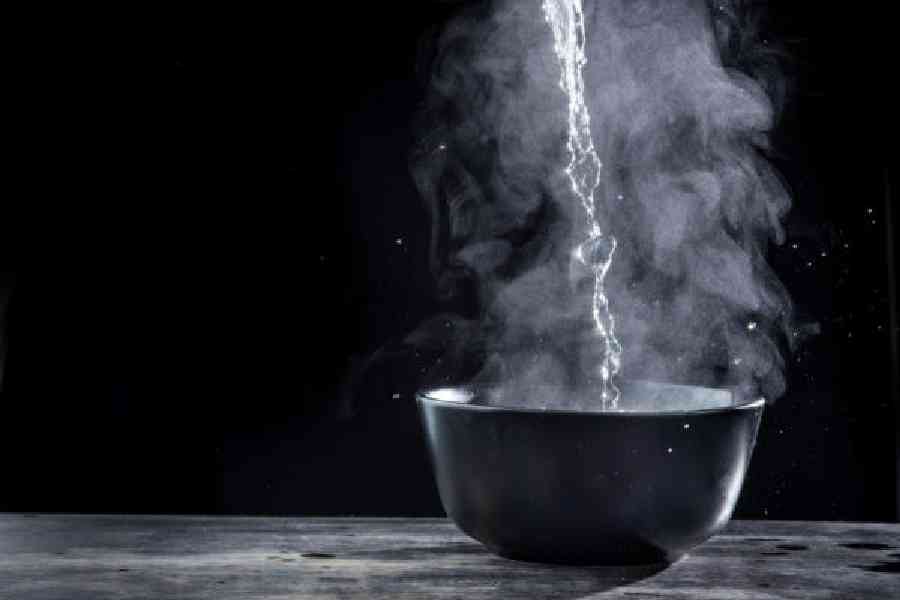Most people are quite good at distinguishing between the sound of a hot liquid and the sound of a cold one being poured, even if they don’t realise it.
“Every time I give a talk and I say, ‘Surprisingly, adults can tell the difference between hot and cold water,’ people just go like this,” said Tanushree Agrawal, a psychologist who, during a video call, mimicked audience members shaking their heads no. But research she completed at the University of California at San Diego, US, demonstrated that three-fourths of the participants in her experiments could, in fact, detect the difference.
In general, cold water sounds brighter and splashier, while hot water sounds duller and frothier. However, until recently, no one really had evidence to explain the difference.
However, Xiaotian Bi, who earned a doctorate in chemical engineering last year from Tsinghua University in Beijing, China, offers a new explanation in a paper he and colleagues published recently on the arXiv website. It’s all about the size of the bubbles that form during pouring, he says, and this insight may have implications for how we enjoy everyday food and drink.
Bi’s paper has not yet been through peer review, and he acknowledges that much more research is required. But Joshua Reiss, a professor of audio engineering at Queen Mary University of London, UK, who has also studied the acoustics of hot and cold water, said he was “on the right track, for sure.”
Discussions of the varying sounds of hot and cold liquids usually point to differences in
viscosity as the culprit. But Bi wasn’t satisfied with that reasoning. He produces and stars in his own popular science videos, and he decided that the sounds that water makes at different temperatures was a good topic. He poked around looking for published research on the subject and came away disappointed.
“None of them gave a precise explanation,” he said, adding that it was “an unsolved mystery”.
So Bi decided to do his own scientific investigation, which would inform his video. He used his expertise in fluid dynamics to explore the role played by bubbles, which actually create most of the sound we hear in moving water. You can observe this in waves, which glide along silently until they break, at which point they
fall and trap air that produces noise as the bubbles resonate briefly within the water.
Previous research showed that larger air bubbles in liquids produce lower-frequency sounds. Bi also found that the acoustical spectrum of hot water has more low-frequency sounds than the spectrum of cold water. He wondered, then, whether pouring hot water into a container would trap larger bubbles than pouring cold would, and whether that might explain the difference in sounds.
His hunch proved correct. Bi purchased a container with a spigot to dispense water in a controlled fashion, first at 50 degrees Fahrenheit, then at 194 degrees. High-resolution videos and photographs revealed that hot water consistently produced bubbles 5 to 10 millimetres in size, while cold water produced bubbles of about 1 to 2 millimetres.
In addition to offering an explanation of something that people hear, the research also provides insight into how we enjoy food and drink in general. Consider coffee.
Coffee tastes delicious when hot, but gunky and bitter when cold. That’s because aromatic flavour molecules jump off the surface of hot beverages more readily. And that link between flavour and temperature can produce a Pavlovian response in coffee drinkers.
This is consistent with an observation by Charles Spence, a psychologist who heads the Crossmodal Research Laboratory at Oxford University in the UK and has won an Ig-Nobel Prize for research on the links between sound and taste when potato chips are consumed. In a 2021 paper, he wrote that “the sound of temperature likely helps to subtly set people’s aromatic flavour expectations,” even if unconsciously.
“Very often we taste what we predict,” he said. It’s all part of what he calls the hidden “sonic seasoning” of food and drinks.
NYTNS











